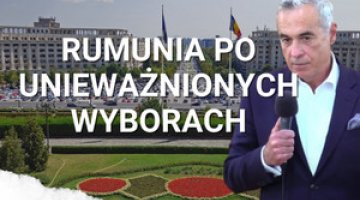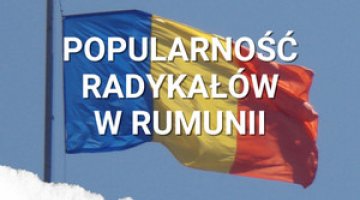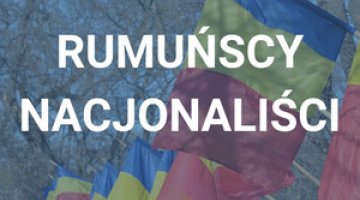Romania: ecological protests cause tensions within the government coalition
Protests in Romania against the plans to launch a gold mine in the Transylvanian commune Rosia Montana have been mounting over the past two weeks. Each demonstration has been attended by several thousand people and they have been seen in several Romanian cities. The Rosia Montana minehas been the subject of public controversy for years due to the risk of the natural environment being contaminated and the terms of the mining licence granted fourteen years ago to the mine’s operator, the Canadian company Gabriel Resources. The spark that fuelled the protests was the governmental bill granting the mine the status of strategic investment, which would accelerate the issuing of the necessary permits and make the launch of production possible in 2016.
As a consequence of the demonstrations, Prime Minister Viktor Ponta from the Social Democratic Party (PSD) promised he would vote in parliament against granting strategic status to the investment. He continues, though, to confuse the public and emphasise that this investment is of major socio-economic significance. In turn, Crin Antonescu from the National Liberal Party (PNL), which is PSD’s partner in the government, is unequivocally opposed to the gold mine being opened.
Commentary
- The protests against the Rosia Montana mine have led to the escalation in tension within the ruling Social-Liberal Union (USL). What has cemented USL is their shared dislike of the centre-right president, Traian Basescu. However, the two key partners of the Social-Liberal Union, PSD and PNL, are poles apart politically. Tension between PSD, which is pro-welfare, and PNL, which resorts to rightist rhetoric, is an effect of the differences in their political agendas and of their unequal position in government. However, the most important source of this tension appears to be the concern the National Liberals have that the Social Democrats could withdraw their support for Antonescu in the presidential election scheduled for the end of 2014. This scenario would spell the collapse of USL and it does seem realistic. Nevertheless, PSD will be probably making efforts to pass a new constitution and regional reform before this happens.
- The Save Rosia Montana campaign has been the most rapidly developing Romanian protest movement since 1989, and it has the potential to give rise to a broad civil rights movement. Its rapid development is not merely an effect of the increasing popularity of ecological slogans among the Romanian public. The key factors are the commonly shared distrust of state institutions and disillusionment with the Romanian political class (partly due to rampant corruption and the non-transparent decision making process). Yet, the movement’s weaknesses are its lack of strong leaders and the differences between the circles which it is made up of: ecological and civic organisations as well as representatives of the political right and radical left.
- The ambiguous stance taken by the Prime Minister on the Rosia Montana project has additionally stoked the protests and it is expected they will intensify soon. The demonstrators are also likely to put a stronger emphasis on demands to block shale gas exploration, since this is the second most vital issue for the environmentalist circles after the gold mine. However, the withdrawal of Ponta cabinet’s from backing shale gas exploration seems unlikely at this stage.





